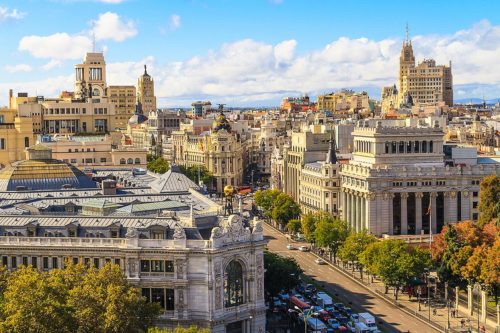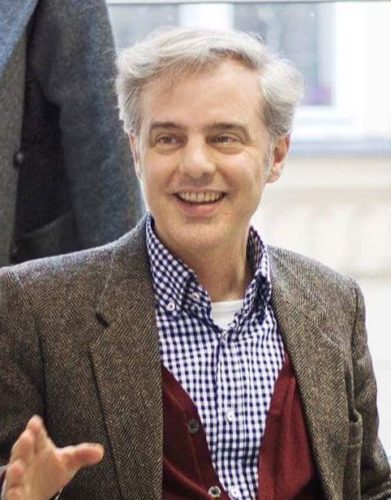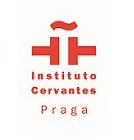Na Rybníčku 536/6, Praha 2
Česká republika
http://praga.cervantes.es/cz
The animal within

Now that animals are fad we call the society we live in an animal. Our cities ressamble sleeping animals. But the dwellers, as much as the planners, are animals all the time, not only when they lie quite, breathing inadvertedly, like a city at sunset.
Inhabitants, and the city they live in, are animals, when awaking at dusk and fuelling life into arterial avenues, as well as when drawing a prospect developing area or distroying a natural surronding.
We were organic when we built or abandoned the cosmic, centralized town; and so when we needed the space and traits of the working post-renaissance, machine-like city, to develop a new moving society. Now the human machine is again organic when common interest and public spaces might be slowly understated so to be preceded by thriving individual lives without noise or constraint.
Maybe not exactly for newly decided cities, but cities in Europe are most often still cosmic in their old, grounding centers, rational and social as a machine, in their modern districts, and organic developing in their new abundant, residential areas. The full patchworked development shows the continuity of life in the eyes of ever changing human needs.
What is possibly less “animal” and organic is money.

Works and changes undertaken in the city for the mere sake of money tend to be artificial secretations with little connection to life and might even suffer from accelerated ageing and disaffection.
The rest, no matter if street-channeling the dwellers to the central temple or plaza, opening their horizons to museums and parks or adapting to the musts of the single self-reliant individual, the urban environment is always a produce of common accepted life.
The city is the structure emanated by the organic body that lives within, the slowly ever-evolving shell that auspices society. That’s it, a framework for the need for public exchange, for the urge for intimate individuality, and still for the magical connection between the historical grounds and the infinite skies, and the soul-searching in
between.
Recovering the historical presence and meaning of the grounds is something at what CU AC Architecture, a studio by the sierra in Andalusia, excells. Here that Saint Jerome, refurbished workspace in Granda, there at the Viehofen plain by austrian St. Pölten.
The trend to reveal the historical value of a setting, in order to build the argument of the future city is a major challenge. And it’s this from totally different when it concerns the recovery of nineteenth Century building, thecharming history of people in lacustrine Feldafing, by lake Stamberg, or when the history is actually a stigma ofuniversal injustice as with the austrian labour camps.
In any case, it’s always the animal within, either collective or personal, who matters to the structure, so much as to keep secretating the shell to live under. If previous, cosmic or machine model cities, created dramatic extremes of beauty and misery, the organic one might intend to placate both of them. The organic life within might rather do without.
Zdroj: Organic City 2016






 Čeština
Čeština